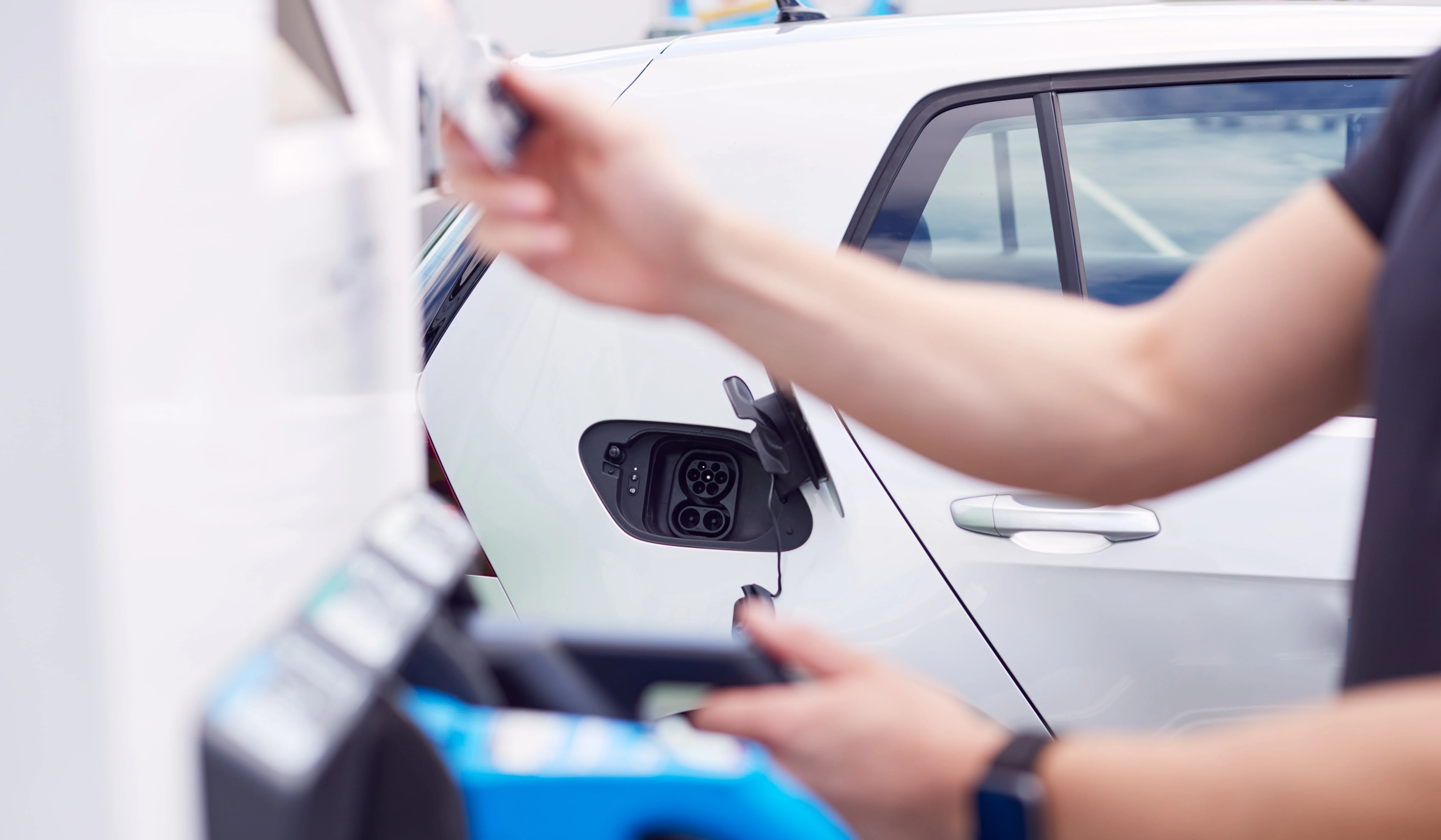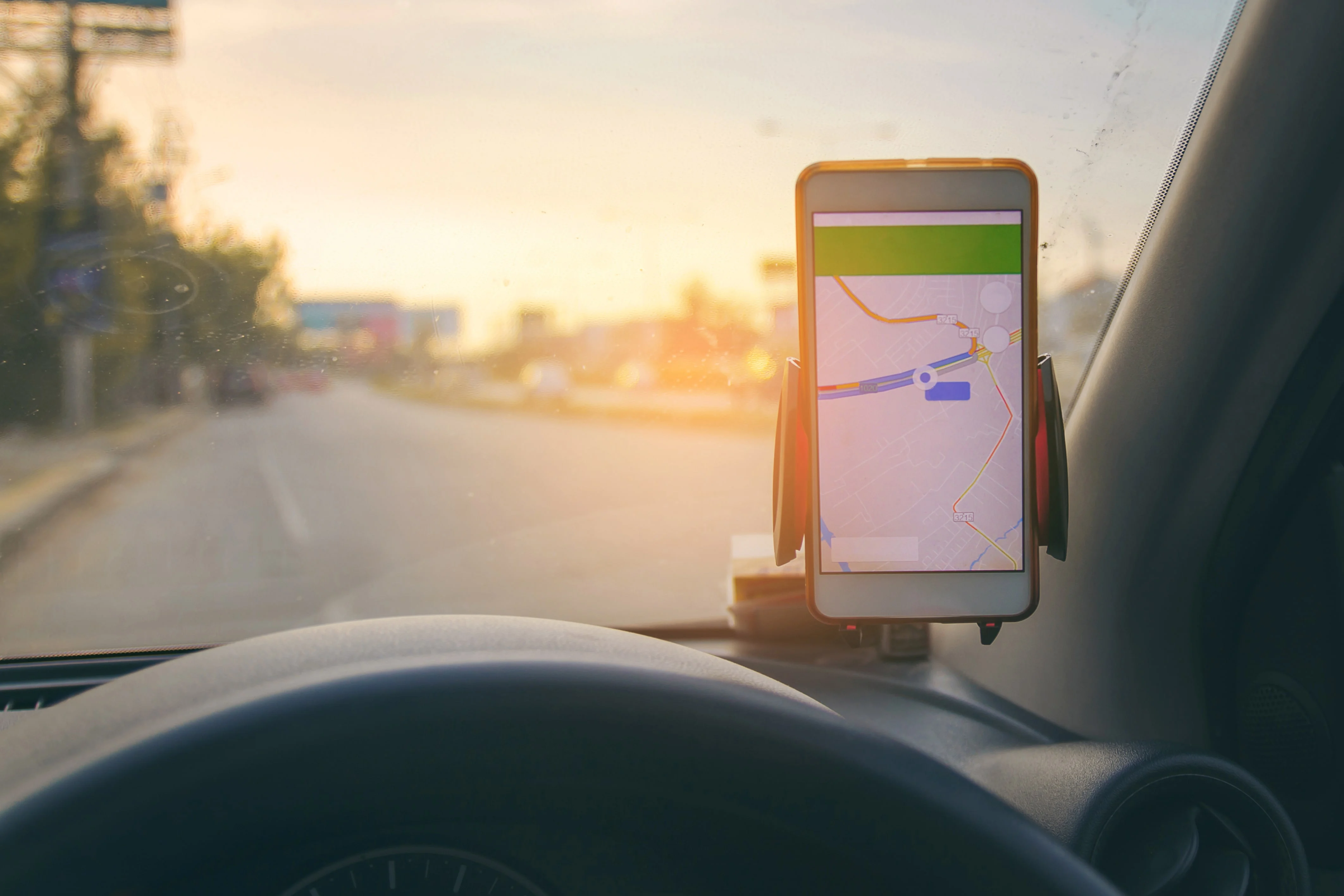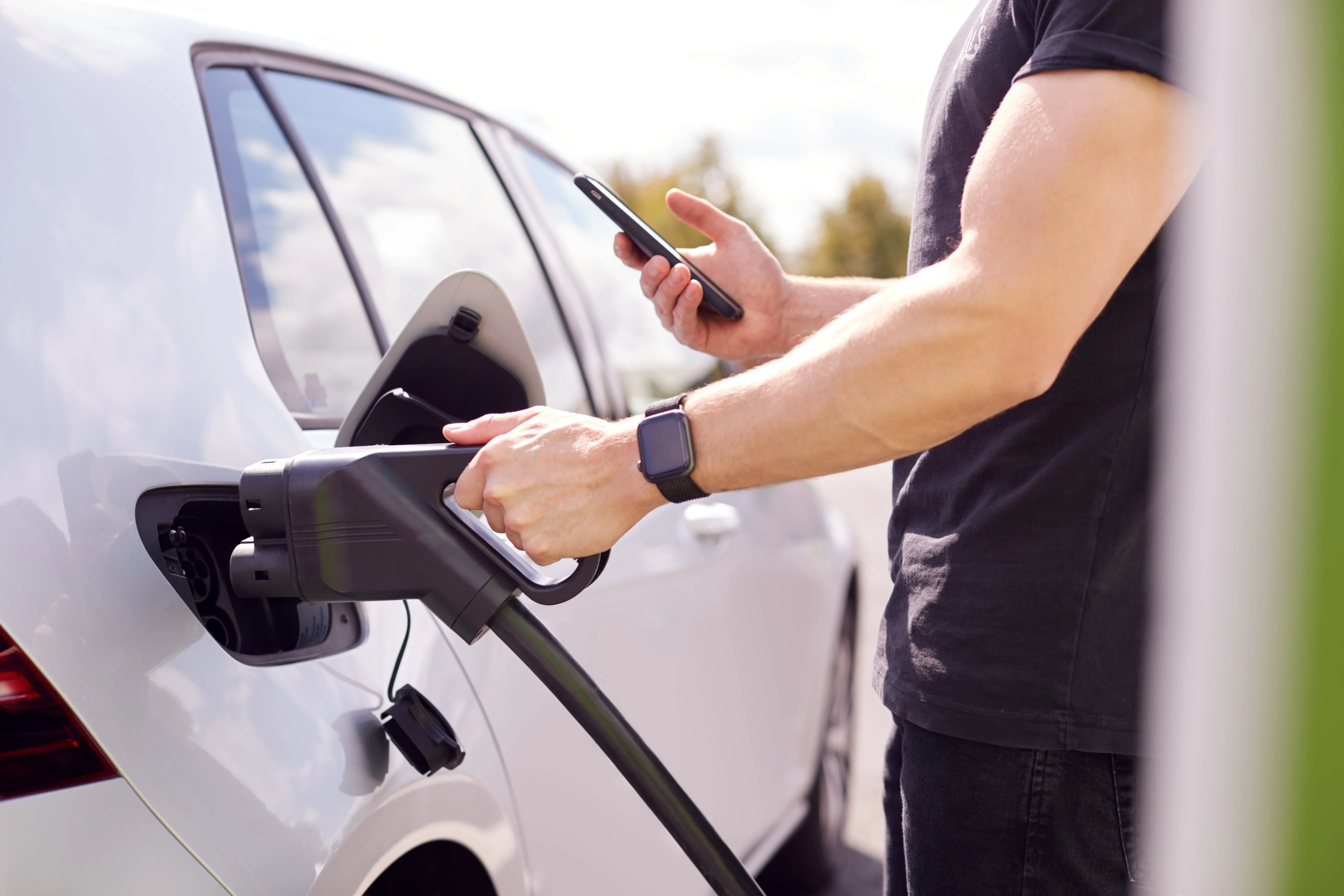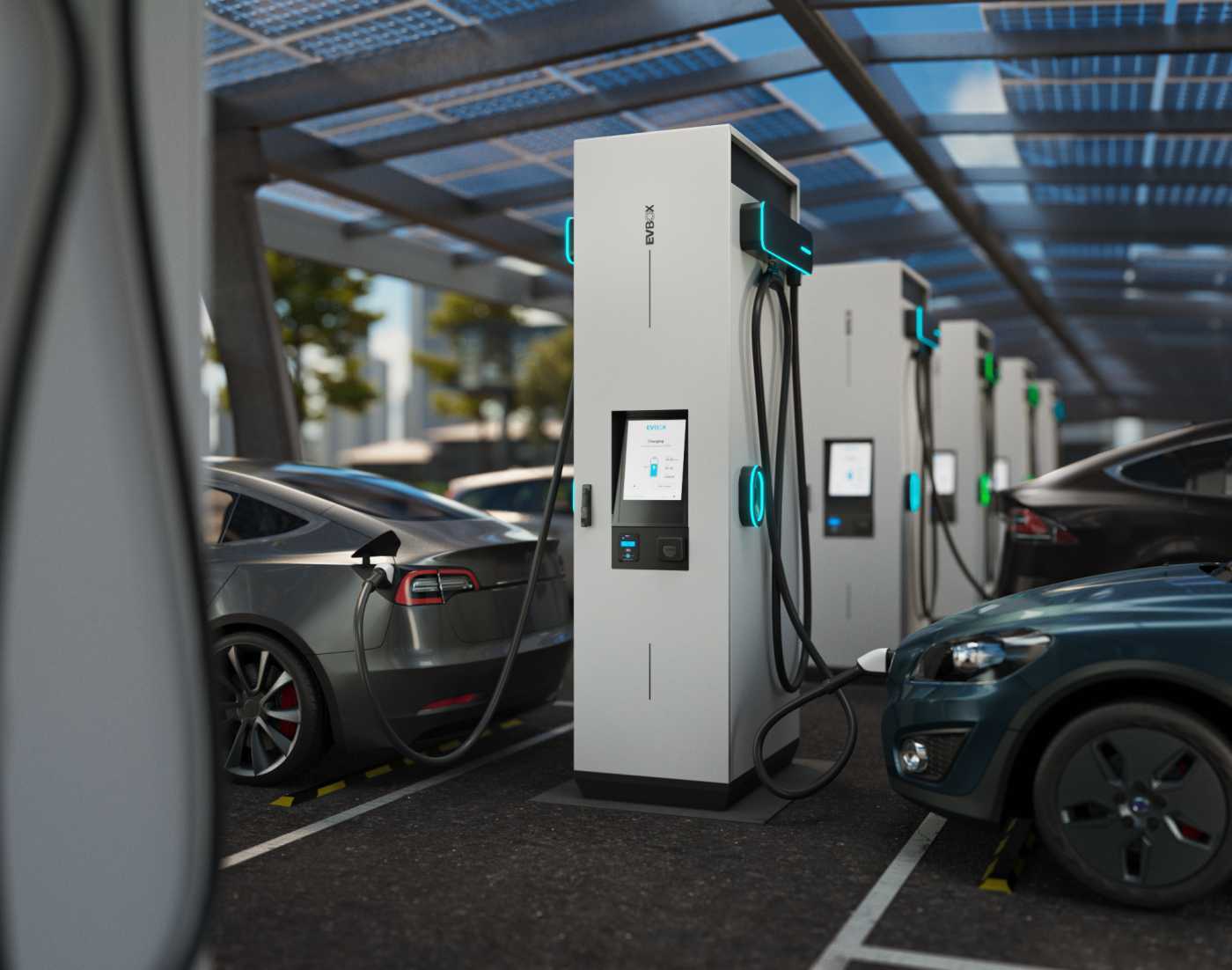
Understanding Fast Charging
Planning a long road trip? Fast charging is your best friend. It allows you to quickly top off your EV’s battery, saving precious time and making your journey smoother. Fast charging, sometimes referred to as Level 3 or DC charging, is a game-changer when it comes to recharging speeds. Instead of hours, you can recharge your car in mere minutes.
However, navigating the world of fast charging can be confusing, especially with terms like rapid charging, fast charging, and ultra-fast charging thrown around. Don’t worry—these terms mostly refer to the same thing: DC fast charging. The key difference lies in the power output and the type of current. The higher the output, the faster your EV charges. Most fast charging stations range from 50 kW to 400 kW, compared to the 7.4 kW or 11 kW typically delivered by home chargers.
Another crucial distinction is the current type. “DC†in DC fast charging stands for direct current. Unlike alternating current (AC), which reverses direction periodically, DC flows steadily. Since EVs operate on DC, fast chargers bypass the onboard charger and deliver DC directly to the battery, speeding up the process significantly.
With this background, let’s move on to the practical aspects of using a fast charging station.

Using a Fast Charging Station
Step 1: Finding a Fast Charging Station
First things first: locating a fast charging station. Unlike gas stations, EV chargers are often tucked away in parking lots or hidden behind buildings. Thankfully, there are plenty of apps designed to help you find the nearest fast charging station. These apps not only show you where the chargers are but also provide details about their availability, speed, and compatibility with your EV.
Major map apps like Google Maps and Apple Maps also include EV charger locations, making it easier to plan your route. Remember, though, that even the fastest charger won’t exceed your car’s charging capacity. For example, while many chargers now support outputs of 400 kW, most EVs can only handle around 125 kW to 150 kW. To confirm your car’s charging limit, check the manufacturer’s specifications.
One last thing to keep in mind: all fast charging stations undergo rigorous safety checks, ensuring they’re safe to use despite the high currents involved.

Step 2: Getting the Cable
Once you’ve found a fast charging station, the next step is to grab the charging cable. Unlike home or AC chargers, fast chargers always have a built-in cable. This is because the high power demands require thicker, heavier cables that can handle the load safely. Additionally, these cables are often actively cooled to prevent overheating.
Make sure the cable’s plug matches your EV’s socket. Most regions follow standard connectors, but it’s always good to double-check your EV’s specific connector type. You can easily verify this online.

Step 3: Connecting Your Car
Once the cable matches your car’s port, connect them together. Be sure to open the charging flap, which is usually larger and different from the AC charging port. Most EVs have their charging ports at the rear, similar to a gas cap, but some models may have them elsewhere, like the front bumper. Ensure your car is parked correctly to reach the charging port with ease.

Step 4: Authenticating and Starting the Session
After connecting your car to the charger, the next step is to start the charging session. The exact process depends on the station and its operator. Typically, you’ll need to authenticate via an app or a membership fob. This helps the station record your usage and charge you accordingly.
Some stations also accept payments directly through card readers, eliminating the need for an app or account. Once authenticated, the charging process begins automatically. It’s important to note that fast charging tends to be pricier than home or AC public charging due to the higher electricity rates and the convenience of quick charging.
Step 5: Ending the Charging Session
When your car reaches the desired charge level, it’s time to end the session. The method depends on how you started it—whether via an app, fob, or card. Many stations feature interactive displays that allow you to stop charging directly from the station itself.
Keep in mind that you cannot simply remove the cable until the session ends—it locks onto your car. Even after stopping the charge, you might need to manually release the port from inside your car. Finally, return the cable to its designated spot on the charging station, and you’re good to go!

As EV adoption continues to grow, fast charging will play an increasingly important role in the future of electric mobility. While it may seem daunting at first, we hope this guide has given you a clear understanding of how to use a fast charging station effectively. If you’re still curious about other types of charging, such as home or public AC charging, check out our guides on those topics as well.





